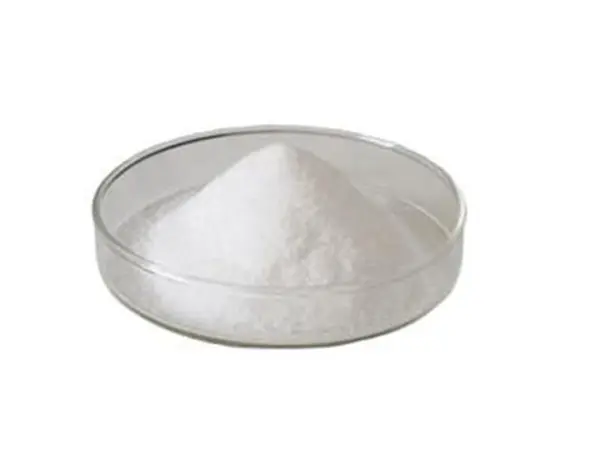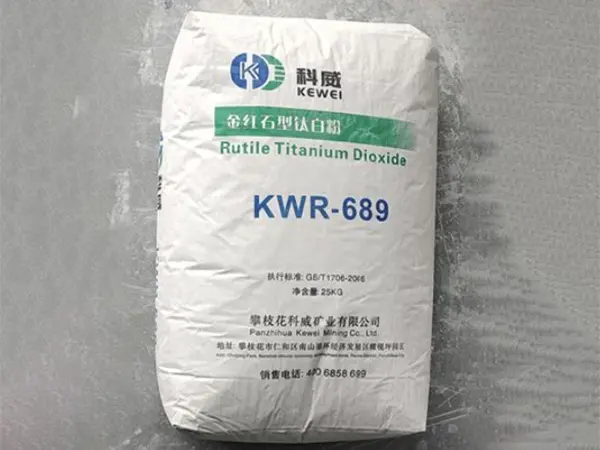Titanium dioxide (TiO2) is a white pigment widely used in various industries, including paints, coatings, plastics and cosmetics. It exists in different crystal structures, the two most common forms being anatase and rutile. Understanding the differences between these two forms of TiO2 is critical to selecting the correct pigment for a specific application.
Anatase and rutile are polymorphs of TiO2, meaning they have the same chemical composition but different crystal structures, resulting in different properties and performance characteristics. One of the main differences between anatase TiO2 and rutile TiO2 is their crystal structure. Anatase has a tetragonal structure, while rutile has a denser tetragonal structure. This structural difference leads to changes in their physical and chemical properties.
In terms of optical properties, rutile TiO2 has a higher refractive index and greater opacity than anatase TiO2. This makes rutile TiO2 the first choice for applications requiring high opacity and whiteness, such as paints and coatings. Anatase titanium dioxide, on the other hand, is known for its excellent photocatalytic activity, making it suitable for environmentally friendly and self-cleaning coatings as well as UV protection applications.
Another important factor to consider when comparing anatase and rutile TiO2 is their particle size and surface area. Anatase TiO2 usually has a larger surface area and smaller particle size, which contributes to its higher reactivity and photocatalytic performance. Rutile TiO2, on the other hand, has a more uniform particle size distribution and lower surface area, making it more suitable for applications where particle size consistency is critical, such as plastics and cosmetics.
It is also worth noting that the production processes of anatase and rutile TiO2 may result in changes in their chemical purity and surface treatment. These factors affect their dispersibility, compatibility with other ingredients, and overall performance in different formulations.
In summary, while both anatase and rutile TiO2 are valuable white pigments with unique properties, understanding their differences is critical to selecting the correct type for a specific application. Whether it is the need for high opacity and whiteness in paints and coatings or the need for superior photocatalytic activity in environmentally friendly coatings, the choice between anatase and rutile TiO2 can significantly affect the performance and functionality of the final product . By considering the crystal structure, optical properties, particle size and surface properties of each form, manufacturers and formulators can make informed decisions to achieve the desired results in their formulations.
Post time: Sep-10-2024



